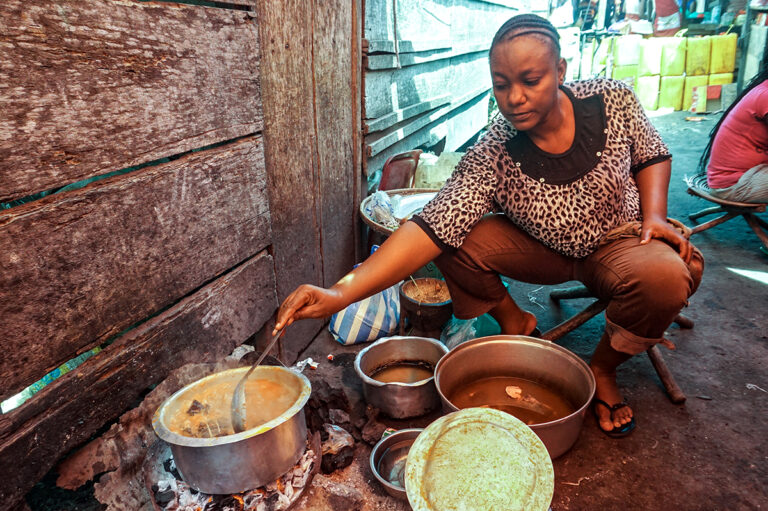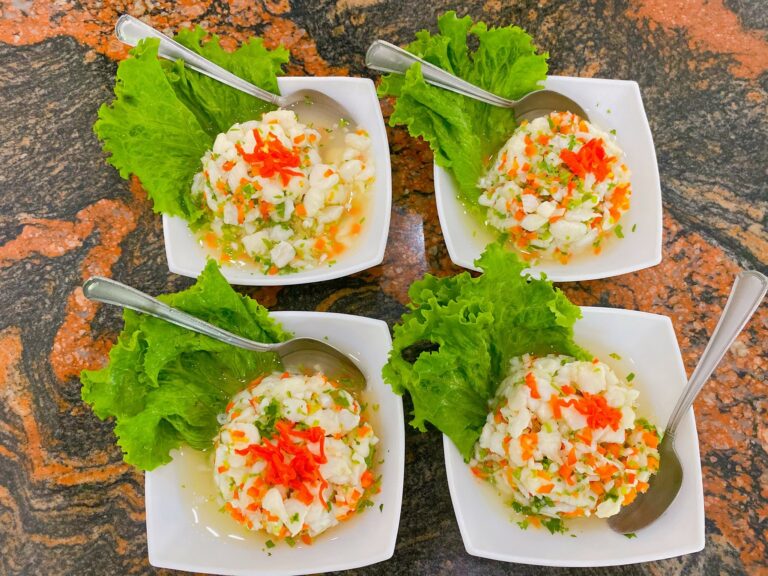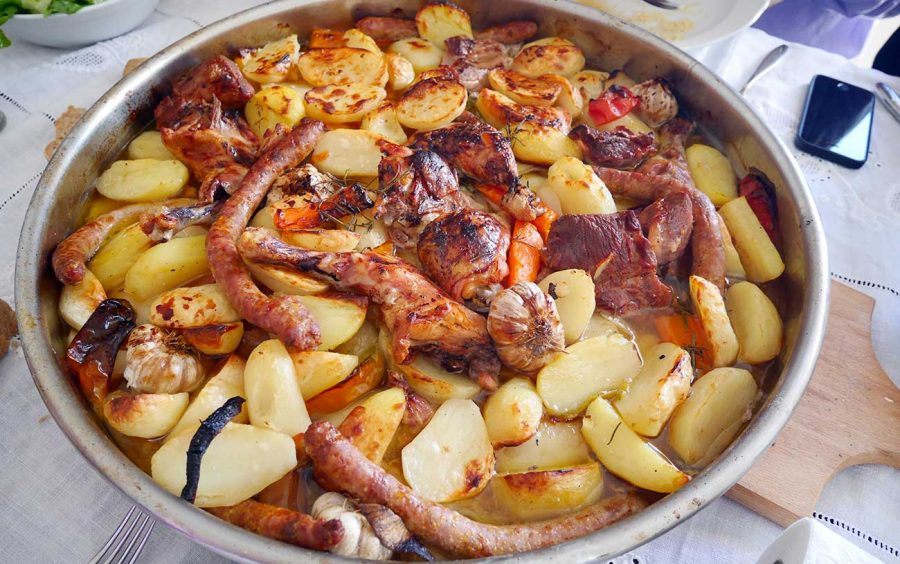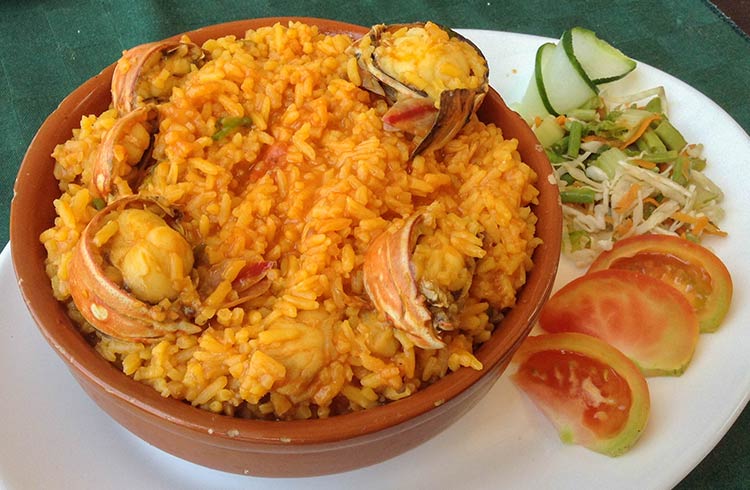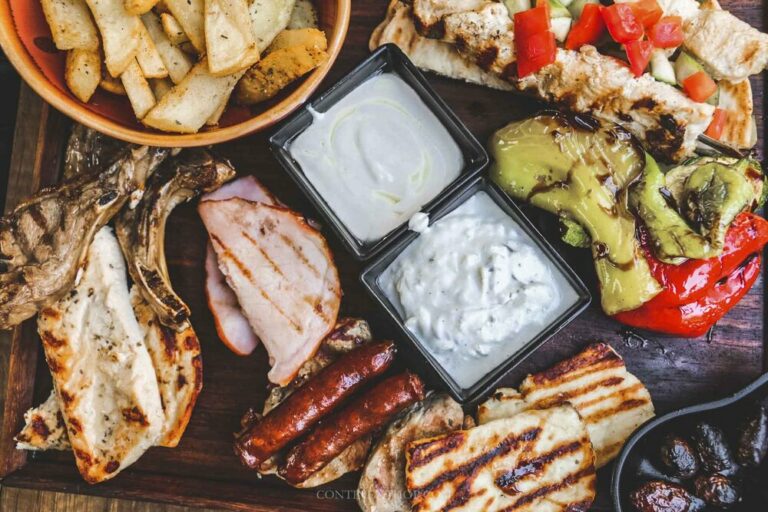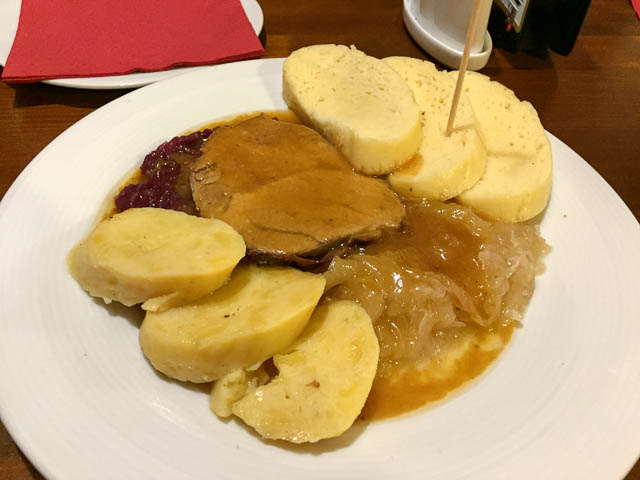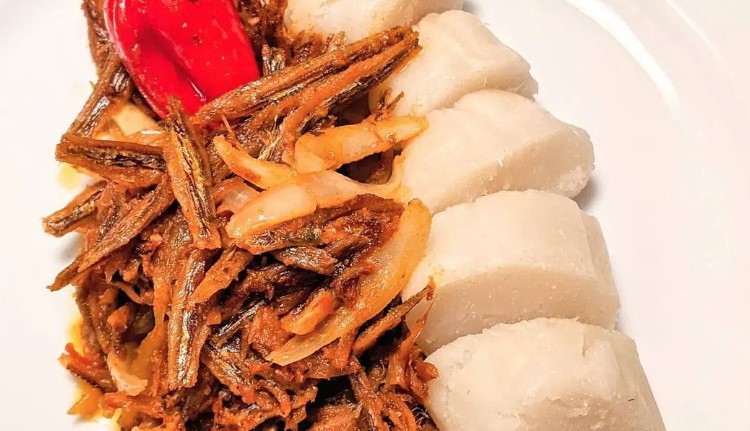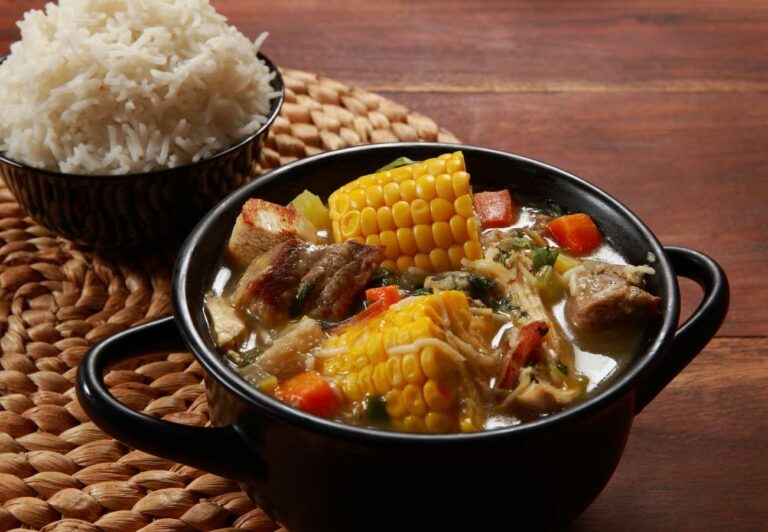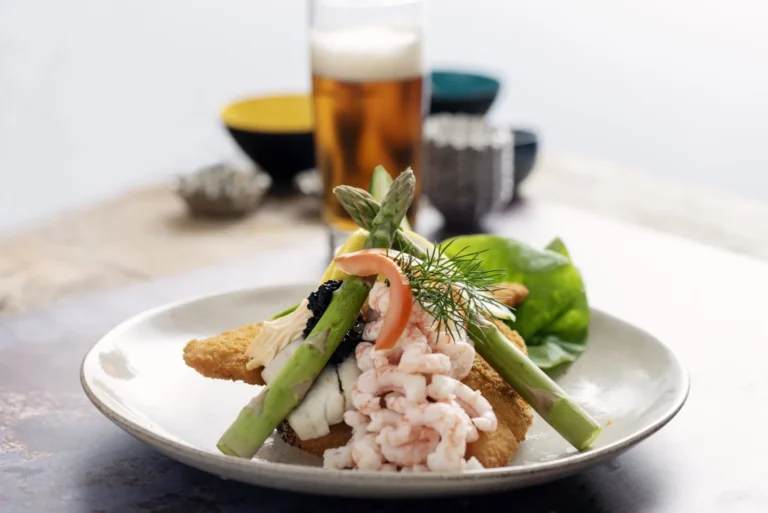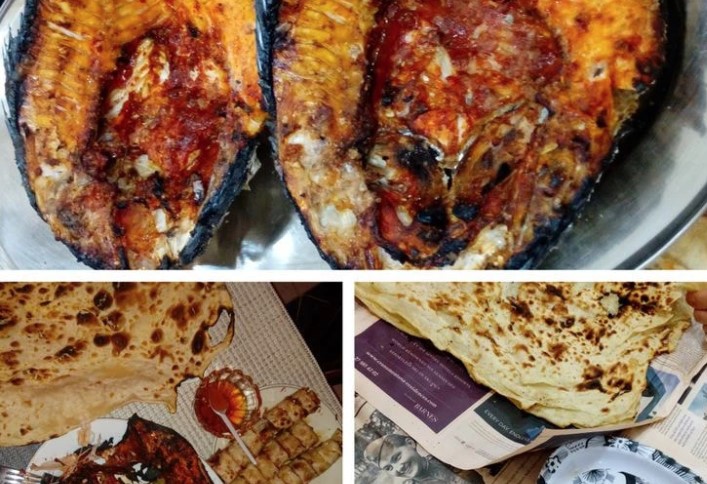What is Congolese Cuisine?
Congolese cuisine is a combination of varied African, European, and indigenous culinary traditions that exist in the Democratic Republic of Congo and the Republic of Congo. The cuisine is characterized by the use of fresh ingredients such as cassava, plantains, yams, and maize, combined with meat, fish, and seasonal vegetables. Congolese cuisine is known for its bold flavors and unique spices that are used in different dishes.
The Diversity of Congolese Food
The cuisine of Congo is diverse and varies according to regional differences. In the Democratic Republic of Congo, for example, dishes such as fufu, cassava leaves, and maboke are common, while in the Republic of Congo, dishes such as saka-saka, moambe chicken, and pondu are popular. There are also influences from neighboring countries such as Angola, Rwanda, and Uganda, which have contributed to the diversity of Congolese cuisine.
The Significance of Signature Dishes
Signature dishes are significant as they reflect the identity of a country and its culture. They are known for their unique and distinct taste, presentation, and history. Signature dishes often have a special place in the hearts of the people of a country and are used to celebrate special occasions.
Defining Signature Dishes in Congolese Cuisine
In Congolese cuisine, signature dishes are those that are known for their unique flavor, presentation, and cultural significance. These dishes have become synonymous with Congolese cuisine and are often served at special occasions. Signature dishes in Congolese cuisine may vary depending on the region and ethnic group.
Examining Popular Congolese Dishes
Some of the popular Congolese dishes that can be considered signature dishes include fufu, cassava leaves, maboke, saka-saka, moambe chicken, and pondu. Fufu, made from cassava flour, is a staple food that is enjoyed across the country. Cassava leaves are cooked with meat or fish and served with fufu. Maboke is a dish made from fish wrapped in banana leaves and cooked over hot coals. Saka-saka is a dish made from cassava leaves and served with meat or fish. Moambe chicken is a traditional dish made with chicken cooked in a tomato-based sauce. Pondu is a vegetable stew made with cassava leaves, onions, and peppers.
The Origin and History of Congolese Signature Dishes
The origin and history of Congolese signature dishes are deeply rooted in the country’s history and culture. Many of these dishes have been passed down through generations and have become part of the cultural heritage of the country. The use of traditional cooking techniques, combined with the use of local ingredients, has resulted in the creation of unique dishes that are distinctively Congolese.
The Cultural Importance of Signature Dishes
Signature dishes in Congolese cuisine are culturally significant as they reflect the identity of the country and its people. They are often associated with special occasions such as weddings, funerals, and other celebrations. Signature dishes also play a vital role in the tourism industry as they attract visitors who are interested in experiencing the local culture and cuisine.
Conclusion: Are There Any Signature Dishes in Congolese Cuisine?
In conclusion, Congolese cuisine is a diverse and unique combination of African, European, and indigenous culinary traditions. While there is no one signature dish in Congolese cuisine, there are several dishes that can be considered as such. These dishes are known for their unique flavor, presentation, and cultural significance. Congolese signature dishes play a vital role in reflecting the country’s identity and are a source of pride for its people.

